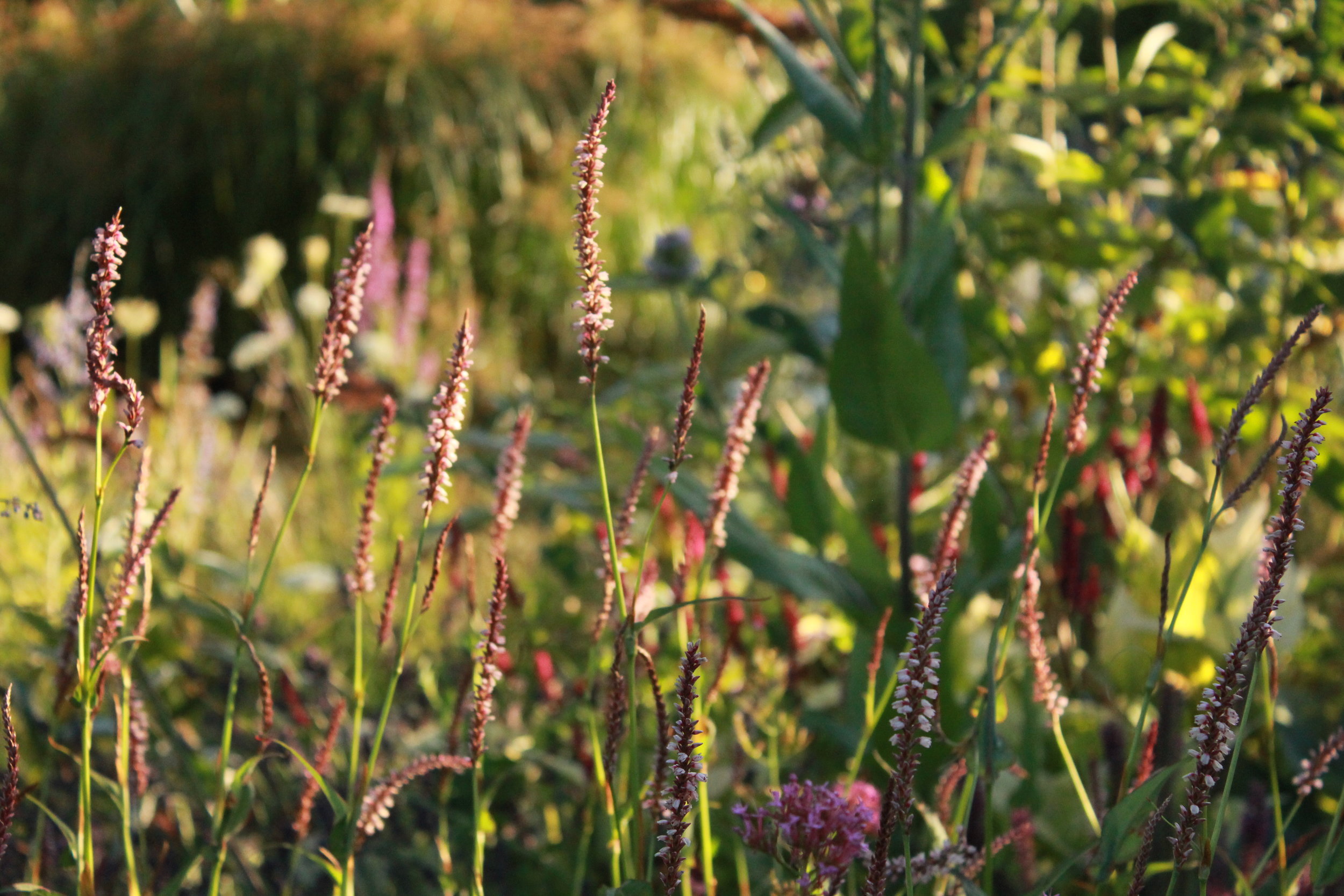Welcome
Helping others to discover their own perfect garden and to see how much it can offer our native wildlife has been my passion throughout my working life as a garden designer. Now that I have retired from design, I want to share my knowledge by writing about the nature in and of our gardens, especially my own.
Our gardens have the ability to be wonderful wildlife habitats, spaces where a natural balance can be restored, and every one of them has the potential to provide a safe home to some of our rapidly declining native species and still fulfil its function for us as a uniquely beautiful garden.
Rewilding works wonders for nature, our own personal spaces can be restored by applying its basic principles to our gardens, restoring them to the thriving ecosystems we would like them to be .
As small parts of the total area of land which our combined gardens cover, each can have a part to play in increasing biodiversity and have a therapeutic effect on our own mental and physical wellbeing, as well as helping to mitigate against problems as important to us all as flooding, pollution, soil erosion, carbon release, and city heat islands.
Most traditional UK gardens have a lawn. Together they cover 308,880 acres, if they’re all mown weekly that takes 45,000,000 litres of petrol resulting in 80,000 tonnes of carbon dioxide emissions. The diversity of the roots of meadow lawn plants improve carbon capture by 10%, which is 20,000,000 tonnes of carbon dioxide , similar to the domestic annual emissions of HGVs in the UK *
Archie Thomas, Communications Manager, Plantlife.
For more on where to begin please visit Where to begin
For more on how our gardens relate to their surroundings please visit Our gardens in context
For more about reconnecting with nature, regenerating and helping to restore it please visit Regenerate-reconnect-restore
For more on embracing the changes we need to make please visit Embracing change
For more on the principles of disturbance, dispersal and diversity please visit Disturbance, dispersal and diversity
For more on wildlife please visit Wildlife
For the latest blog please visit my Blog
















